1. Classic presentation is normal X-ray in patient with dyspnea and hypoxia
2. Atelectasis or parenchymal abnormality (68%)
3. Elevated hemidiaphragm
4. Pleural effusion (Felson’s sign – pleural effusion on left > right)
5. Hampton’s hump: peripheral pleural based wedge-shaped density above the diaphragm due to pulmonary infarct
6. Westermark’s sign: is distension of pulmonary vasculature proximal to embolism with loss of vascular markings distally, i.e. localized peripheral oligemia (rare)
7. Palla sign: Enlarged right descending pulmonary artery
8. Fleischner lines: Long curvilinear densities reaching pleural surface
9. Fleischner sign: Dilated pulmonary artery
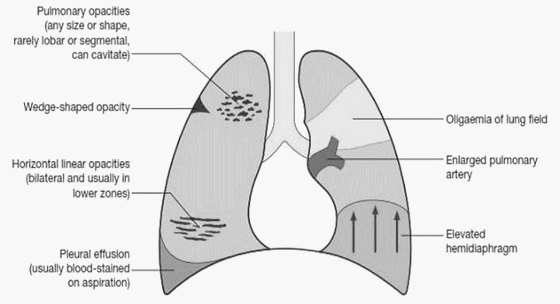

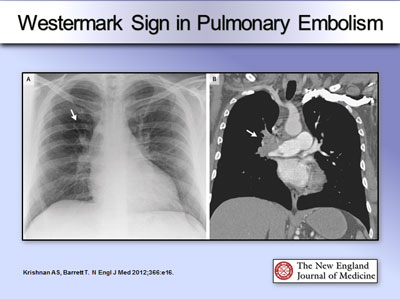
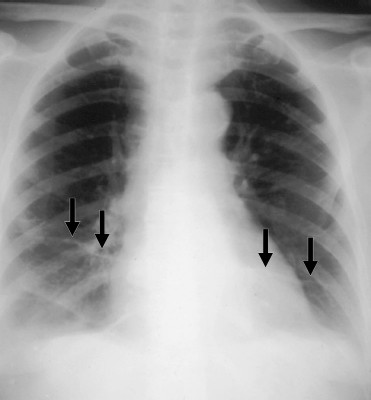
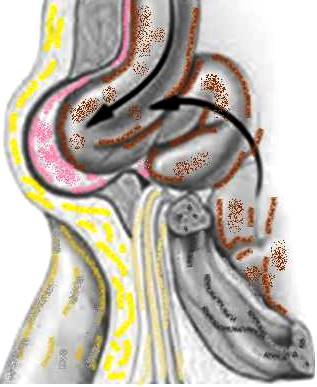
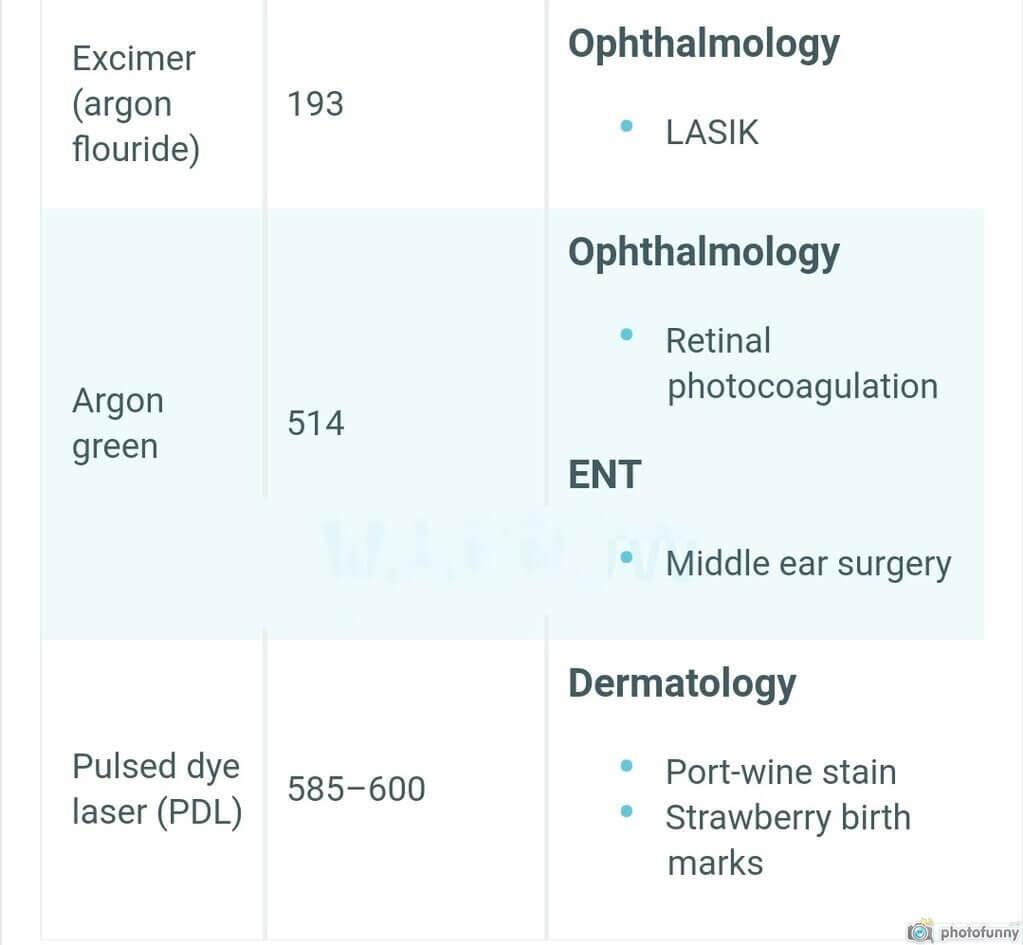
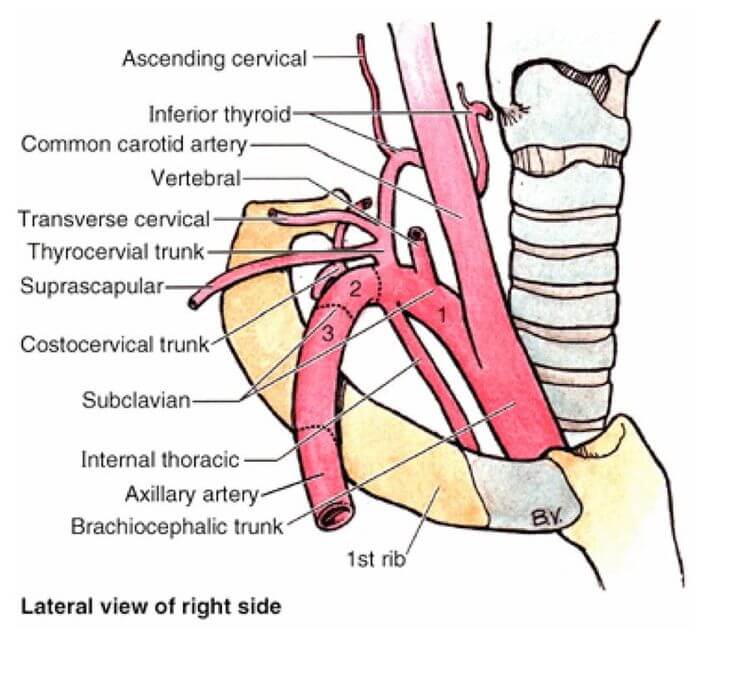
It is very important summary,thanks